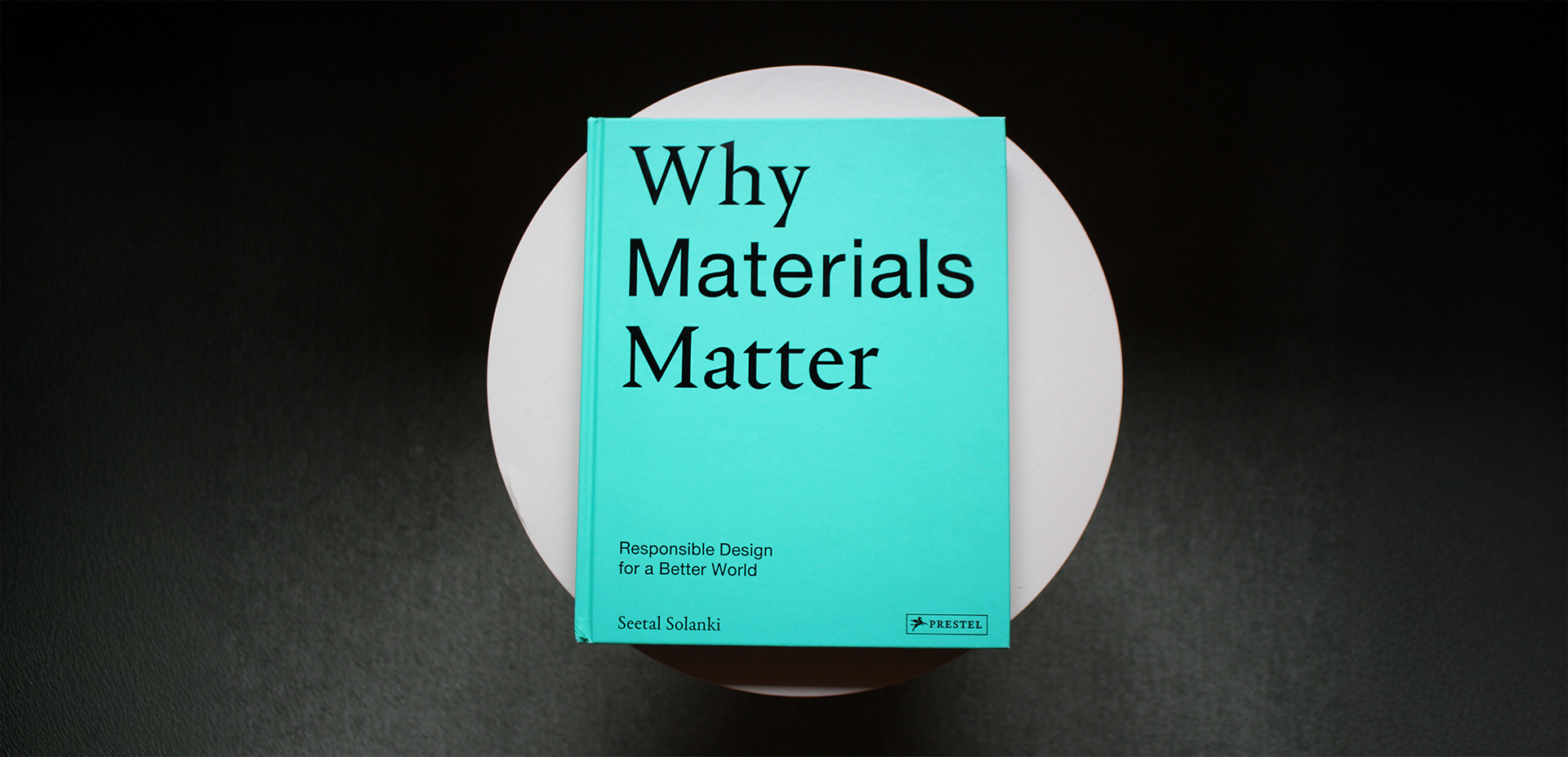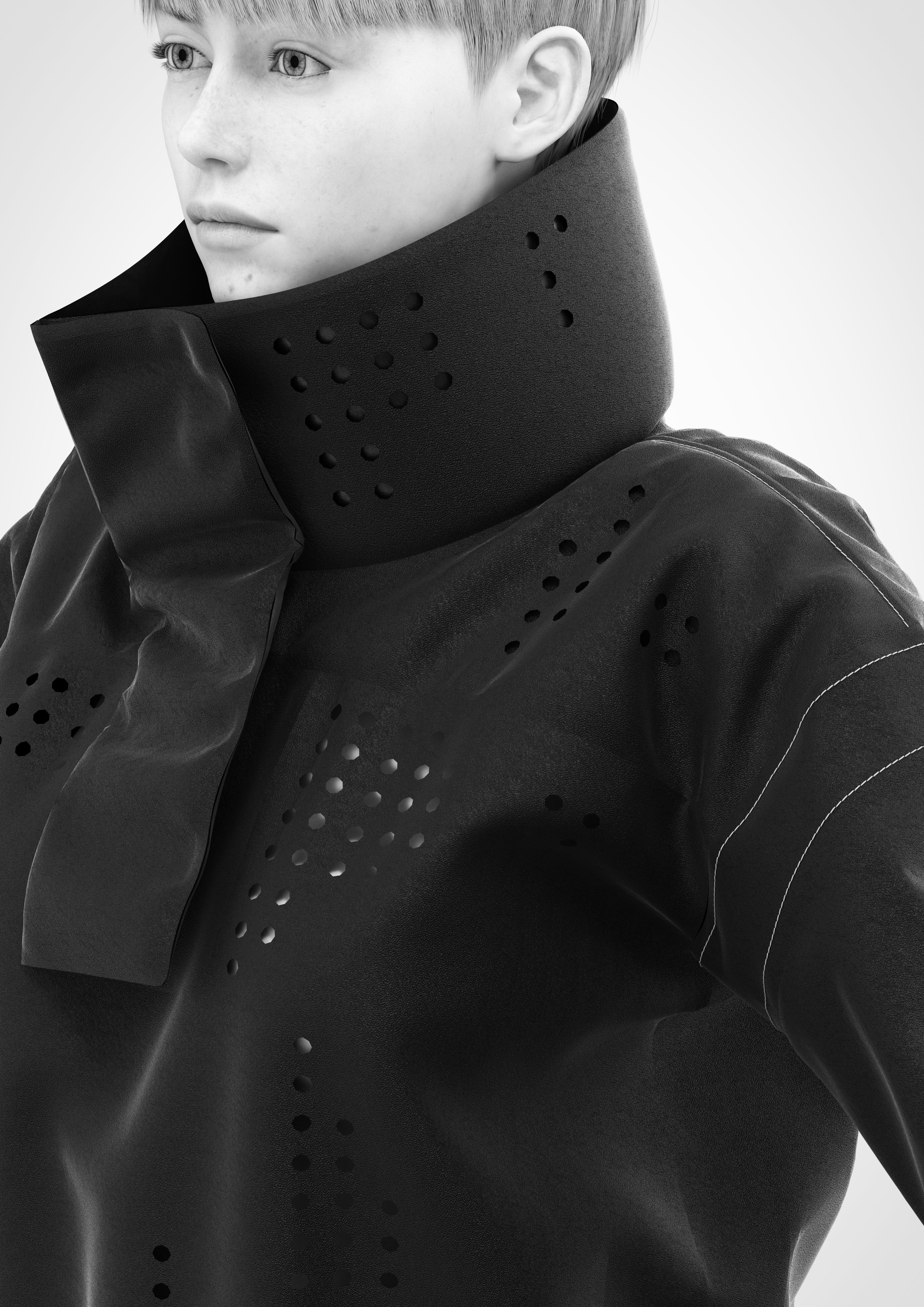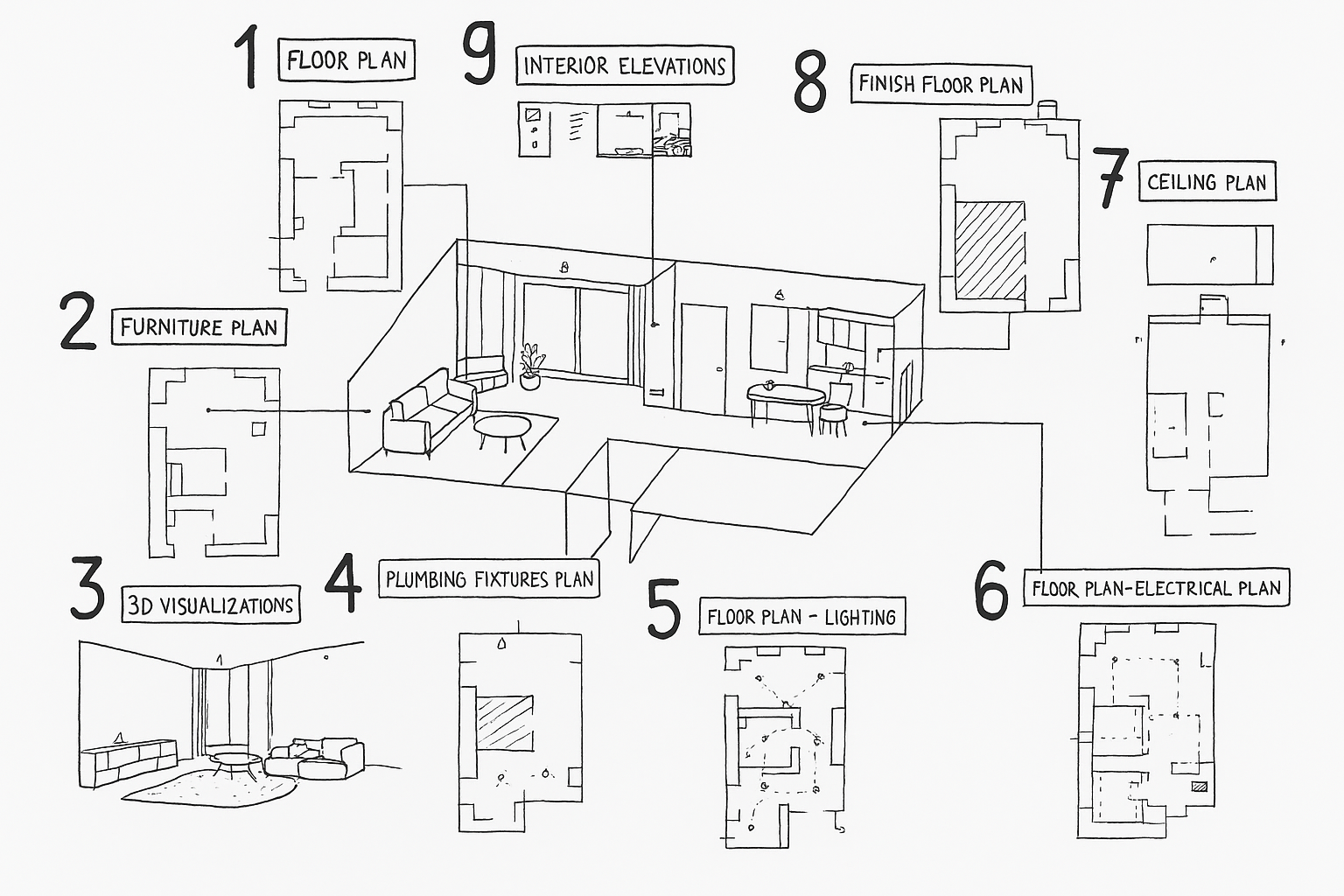Studio Reads: Why Materials Matter


Studio Reads: Why Materials Matter
Materials are often treated like background noise in design – steel is strong, wood is warm, concrete is cold. Done. But Why Materials Matter by Seetal Solanki flips that thinking on its head. This book is less a catalog and more a creative manifesto: it challenges us to see materials as living, changing, even emotional parts of our work.
Solanki doesn’t organize the book by types of materials; she breaks it into Everyday, Sciences, and Expansive – three lenses that make you rethink the familiar and the weird. Everyday? That’s mussel shells, pine needles, even sawdust becoming tiles, yarn, and dye. Sciences? That’s where things get wild: bacteria cultivated in coconut water to create a leather-like sheet, waste turned into bioplastics, even oxygen explored as a “material” that can be captured, manipulated, and designed around. Expansive? Forget solid matter – light, energy, and sound are treated as design materials with weight and value.
A few favorites stand out:
- Malai – a flexible, leather-like sheet grown by bacteria in leftover coconut water, fully biodegradable and waterproof.
- Ore Streams – designers reclaiming gold and rare metals from discarded tech, turning e-waste into furniture and objects.
- Orjola – pine needles transformed into everything from dyes to fireproof panels, nothing wasted.
- Blood – yes, blood. It’s examined as a raw material with pigments, binding properties, and cultural symbolism, forcing us to think about the extreme edges of design and ethics.
- Even air itself – oxygen, normally invisible and ignored, reframed as a design tool with weight in environmental systems.
For a visualization and design studio, books like this are pure fuel. They remind us that materials are not just textures on a model or specs in a plan – they’re narratives. A pine needle wall panel has a completely different story to tell than polished marble; a bacteria-grown “leather” bag says more about the future of fashion than a dozen moodboards; even a discussion on blood forces you to question the boundaries of creativity and responsibility.
Why Materials Matter is worth reading because it makes you stop and question the very stuff your work is built on. If you’re an architect, designer, or visual artist, this is not about swapping one material for another – it’s about seeing them as living choices that affect design, environment, and meaning.







